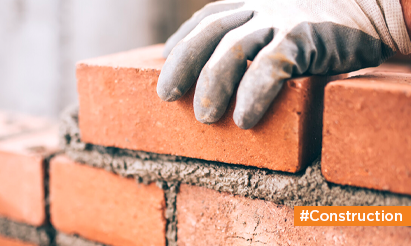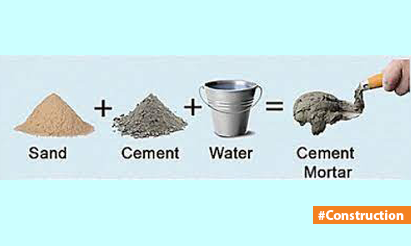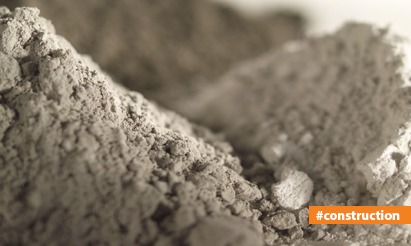Unleashing the Potential of Concrete: Unveiling the Role of Curing!
Concrete curing is the process of allowing freshly poured or placed concrete to attain its desired strength and durability. It involves a series of actions and conditions that promote the proper hydration of the cement in the concrete mixture, resulting in the formation of strong bonds between the cement particles and the aggregates (such as sand and gravel).
During the initial mixing of concrete, water is added to the cement, which triggers a chemical reaction known as hydration. This reaction causes the cement to harden and bind together the other components of the concrete mixture, forming a solid mass. However, hydration is a gradual process, and it requires a specific environment to occur effectively.
Curing is crucial because it helps to maintain the right conditions for hydration and ensures the development of the desired concrete strength and durability. The primary goals of concrete curing are:
- Moisture Retention: Curing prevents excessive moisture loss from the concrete surface, as it is necessary for the completion of the hydration process. Moisture helps to maintain the ideal chemical reactions, allowing the concrete to gain strength and minimize cracking.
- Temperature Control: Proper temperature conditions are essential for concrete curing. Extreme heat or cold can negatively impact the hydration process, leading to weaker concrete or increased cracking. Curing methods help to regulate and maintain the concrete’s temperature within a favorable range.
- Time: Concrete needs sufficient time for the hydration process to occur fully. Curing extends over a specific duration, typically several days or weeks, depending on the project requirements and the type of concrete used.
Various methods can be employed for concrete curing, depending on the project’s scale, environmental conditions, and specific requirements. Some common curing techniques include:
- Water Curing: This method involves continuously wetting the concrete surface with water or covering it with wet coverings such as burlap or straw. It helps to maintain moisture levels and temperature control.
- Moisture-retaining Coverings: Concrete can be covered with impermeable materials like plastic sheets or curing membranes to prevent moisture loss. This method is often used in larger construction projects.
- Chemical Curing Compounds: Liquid or spray-applied compounds can be used to form a thin film on the concrete surface, which helps to retain moisture and promote proper curing.
Proper curing is essential for the long-term performance and durability of concrete structures. It improves strength, minimizes cracking, enhances resistance to weathering and abrasion, and ensures a longer service life for the concrete.
Disclaimer: The views expressed above are for informational purposes only based on industry reports and related news stories. PropertyPistol does not guarantee the accuracy, completeness, or reliability of the information and shall not be held responsible for any action taken based on the published information.




